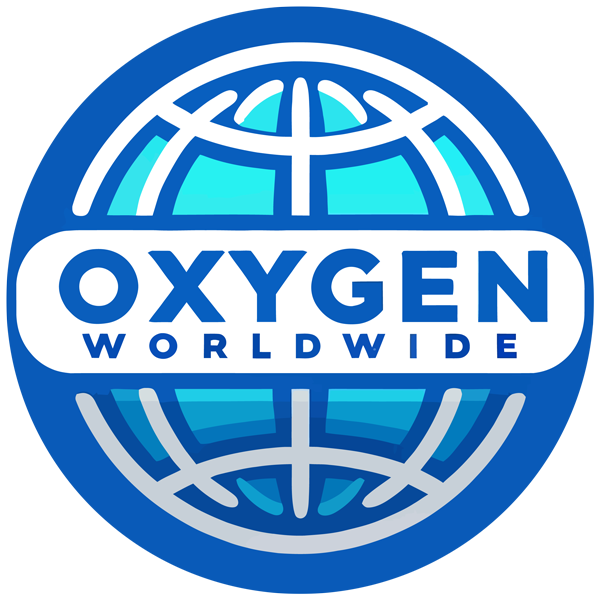Portable oxygen concentrators have started a revolution in the medical oxygen industry, with their use having sky-rocketed over the last five-10 years. Industry experts are optimistic about the future of portable oxygen and that patients will be able to get hold of even better equipment in the future to make their lives as close to normal as technology can allow.
Portable oxygen technology is ever-evolving and improving, with POCs at the heart of it. This is driven by the increasing demand for these devices which in turn has been driven by an increase in diagnosed sufferers requiring oxygen therapy, improved availability and increased affordability. These factors are constantly driving down costs for the industry, allowing them to reinvest to improve devices whose demand then continues to help grow the industry and improve it. However it seems these advancements will come with a little give and take.
Patients and doctors want smaller, lighter, quieter devices that also have a higher oxygen output and a longer battery life. The providers also want in addition more durability, reliability and all at a lower cost.
As with other technologies if you move in one direction to improve a singular feature it often has an negative impact on another and getting the balance is difficult.
The patient is the final target audience and their requirement for freedom will be the ultimate guidance for the future of oxygen technology. They require the freedom to easily fly, drive or boat and do daily activities without worrying about running out of oxygen. Freedom also comes from not waiting on deliveries from the oxygen supplier and all this provides patients with the chance to feel normal again.
A main inhibiting factor on their advancement is the highly competitive nature that the industry has evolved into. This has led to providers dramatically lowering prices in order to maintain market share, which is highly beneficial to the patient however it leaves less money available for re-investment into research to drive improvements. With the steep increasing trend of COPD diagnosis around the world it seems there will be an ever-increasing amount of patients and therefore providers seeking to purchase POC’s which will then still allow for re-investment.
It is hoped that the units will become smaller and lighter with increased battery life which is very important as the current units are not as portal as they could be for end-stage COPD patients.
It is agreed that ‘POCs are still in their genesis’ but the ultimate goal is so that the POC is also the primary oxygen concentrator, so you would only need the one unit.
Making something increasingly portable also brings along other problems and the unit then needs to be made increasingly durable and resistant to banging and dropping and other associated hazards. Replacing a bolt or armrest on a wheelchair is a lot easier and less of an inconvenience to the user than replacing a part in a POC.
Future oxygen technologies will continue to be focused on medically accurate and improved oxygen therapy and delivery/recycling methods but also incorporate much more software and intelligence in the design and lighter weight models. In order for companies to drive down costs more of a focus may also be put on patient maintenance and repair so that parts can be cleaned or replaced easily by the patient and not having to send the unit back and forth to the manufacturer.
References: http://hme-business.com




